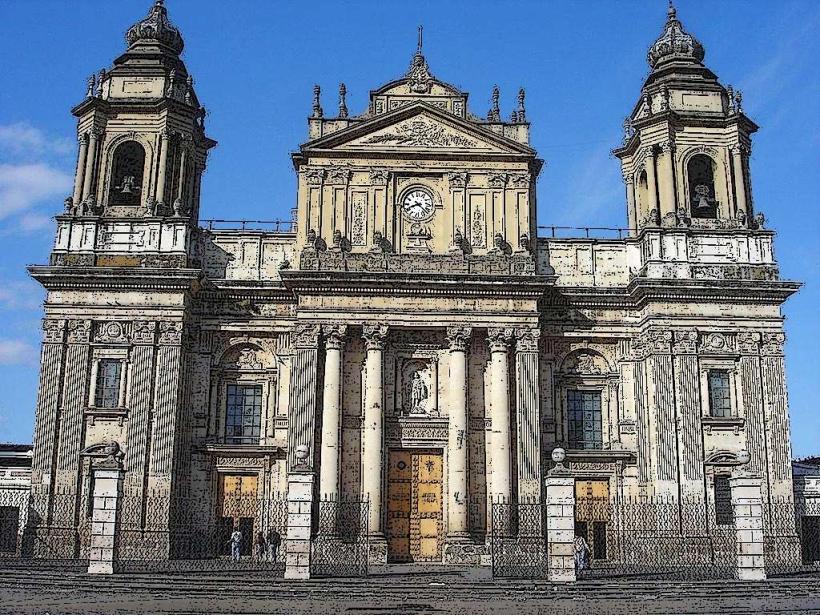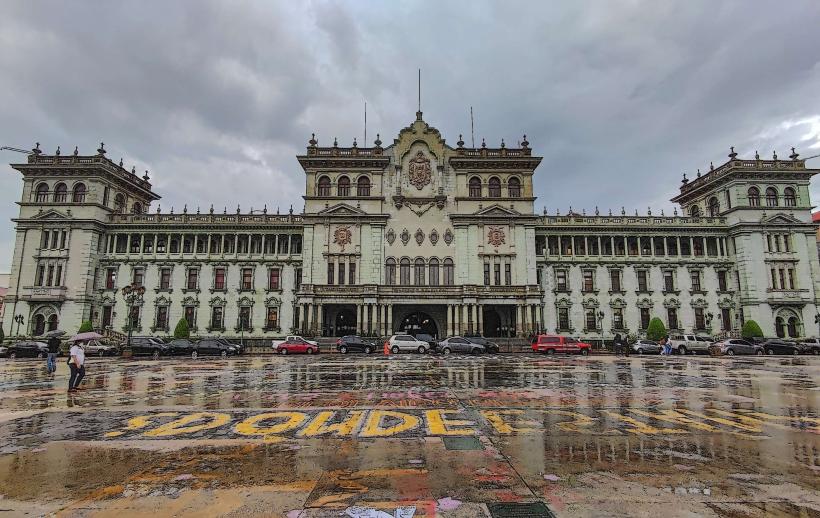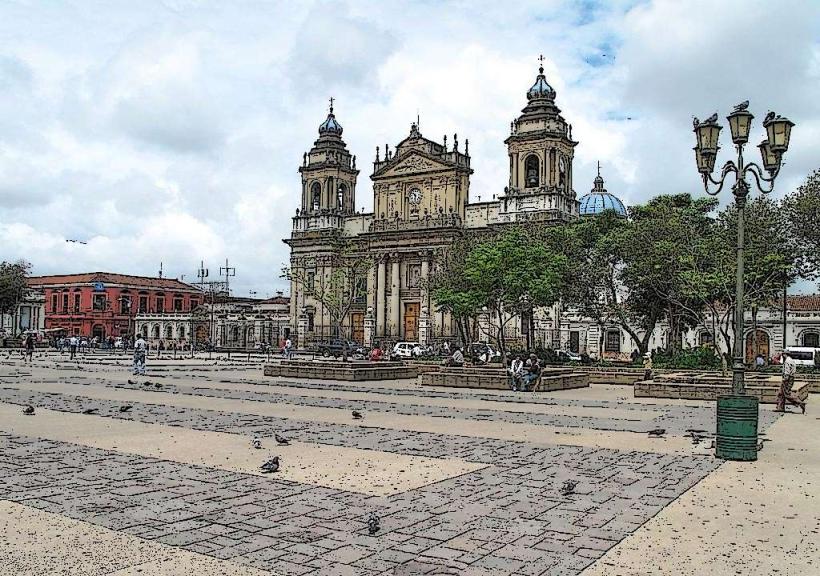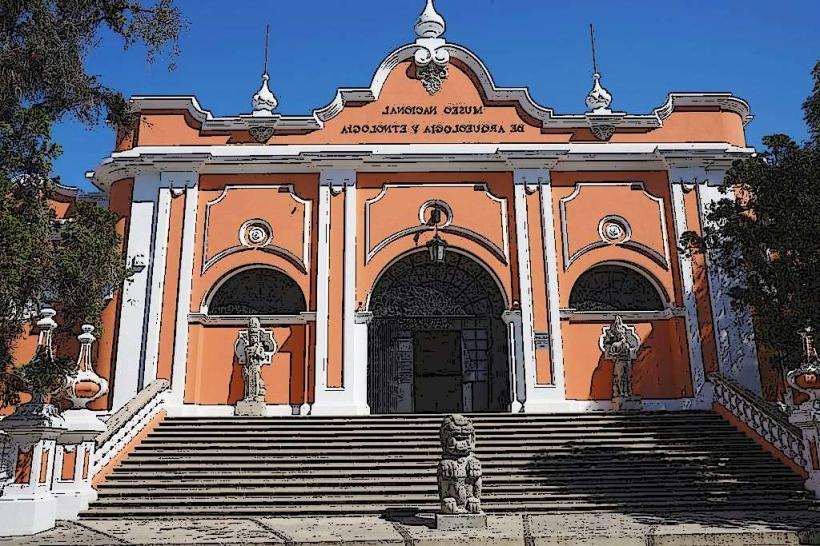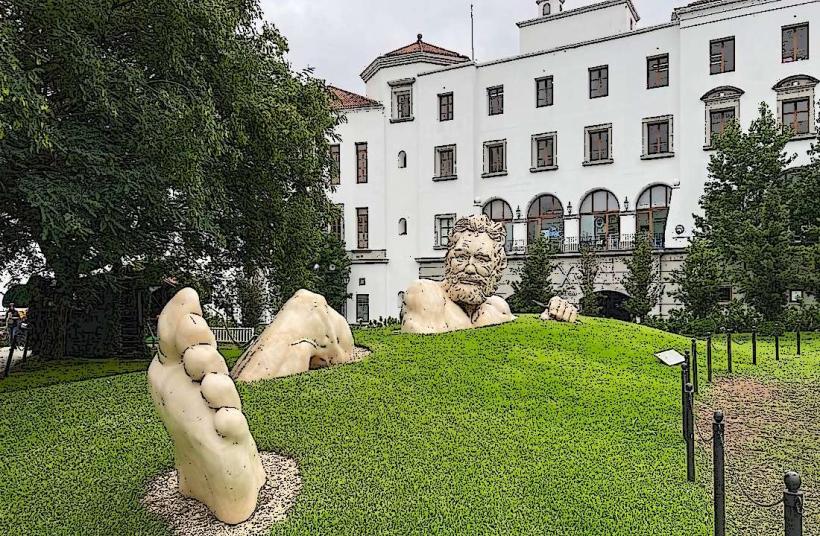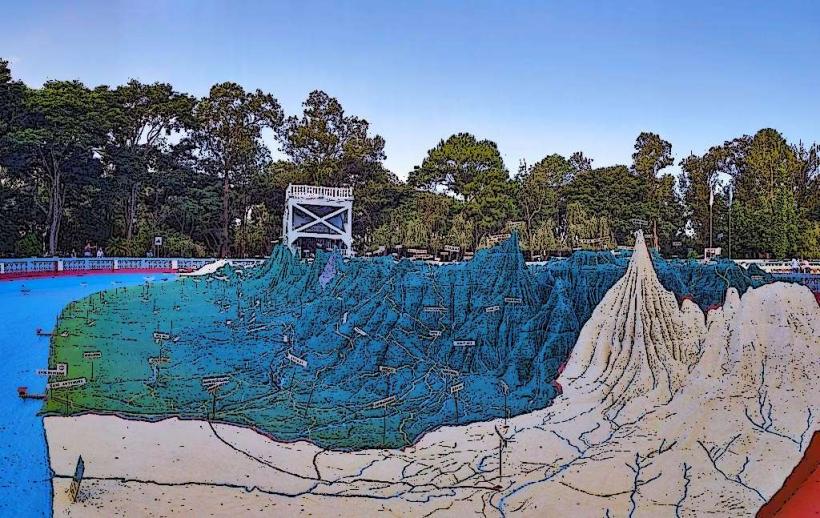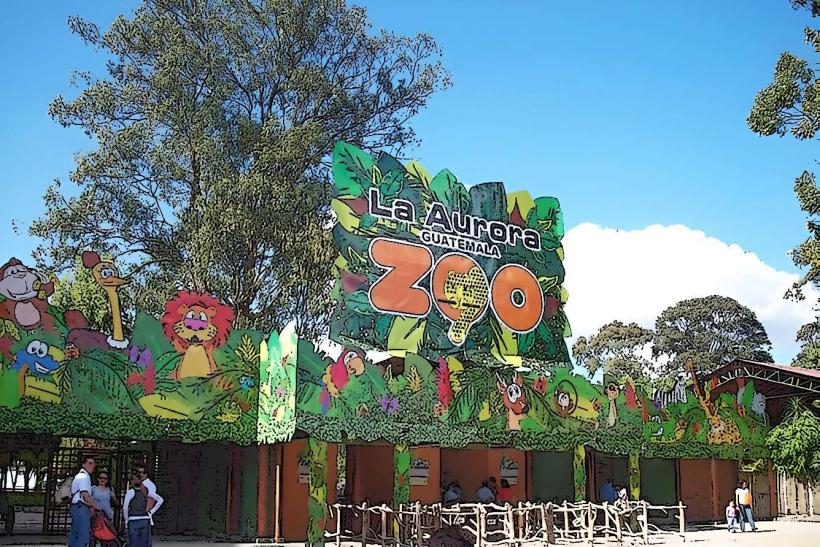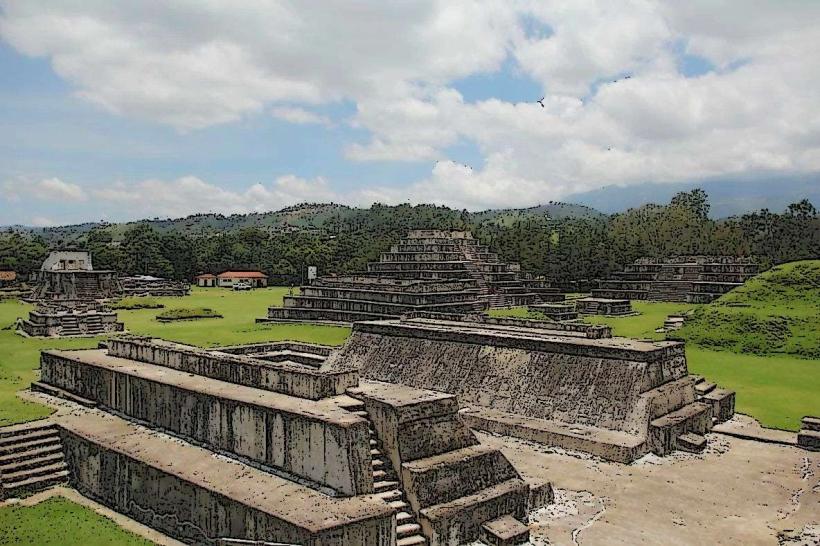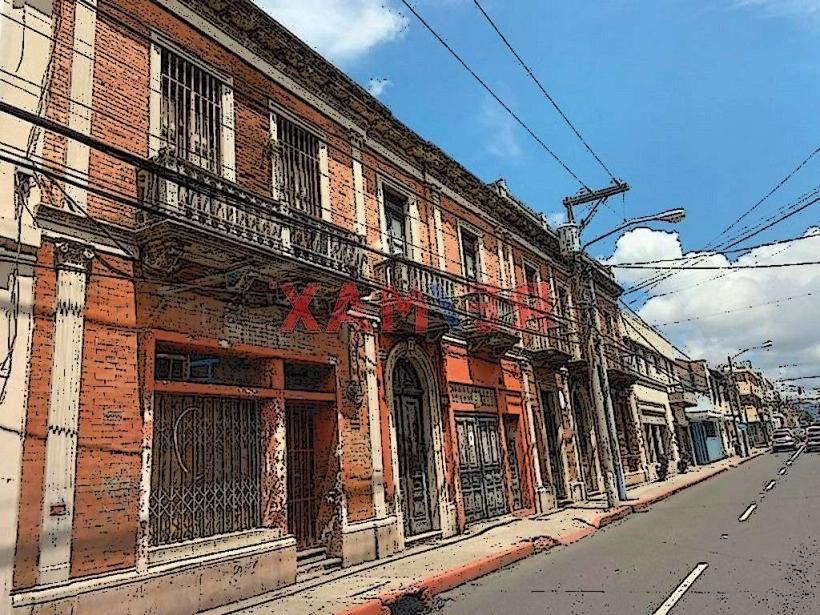Information
Landmark: Ixchel Museum of Indigenous Textiles and ClothingCity: Guatemala City
Country: Guatemala
Continent: North America
The Ixchel Museum of Indigenous Textiles and Clothing (Museo Ixchel del Traje Indígena) is a prominent cultural institution located in Guatemala City, dedicated to preserving and showcasing the rich textile and clothing traditions of Guatemala's indigenous communities. The museum is named after the Ixchel, the Maya goddess of the moon, love, fertility, medicine, and weaving, reflecting the museum's deep connection to Guatemala's indigenous heritage and the importance of textiles in the culture.
History and Purpose:
The museum was founded in 1990 and is part of Universidad Francisco Marroquín (Francisco Marroquín University). Its primary purpose is to protect, preserve, and promote the traditional textile arts of the indigenous peoples of Guatemala, which are integral to the country’s cultural identity. The museum focuses on the artistry, techniques, and symbolism behind the intricate textiles woven by the various indigenous groups throughout Guatemala.
Guatemala has a long history of textile production, and its indigenous people, especially the Maya, have developed sophisticated and highly symbolic weaving techniques passed down through generations. The museum serves as both an educational and cultural hub, allowing visitors to learn about the importance of textiles in indigenous cultures and their connection to daily life, history, and spirituality.
Museum Collections:
The Ixchel Museum's collections are centered around indigenous clothing and textiles, highlighting the incredible craftsmanship and symbolism woven into each piece. The museum's exhibits are designed to educate visitors about the diversity of indigenous textiles and the role they play in the cultural identity of various communities across Guatemala.
Textiles and Clothing:
The museum showcases a vast array of traditional Maya textiles, which include elaborate garments, ceremonial pieces, and accessories from different regions of the country. These textiles represent the unique traditions of Guatemala’s indigenous peoples, each group having its own distinct style, colors, and patterns. Some key highlights of the museum’s textile collections include:
Traditional Clothing: The museum displays examples of the traditional clothing worn by indigenous Guatemalans, including the traje (traditional dress) of various Maya groups. The traje consists of garments such as huipiles (blouses), cortes (skirts), fajas (belts), and rebozos (shawls). Each piece is carefully woven and often carries specific symbolic meanings based on the wearer’s community, gender, or age.
Mayan Textiles: The museum features textiles from several indigenous Maya groups, including the K'iche' Maya, Mam, Q'eqchi', Kaqchikel, and Ixil, among others. The textiles from these groups are often distinguished by unique weaving techniques, such as backstrap weaving, and the use of specific color patterns and symbols. Each textile is an important cultural artifact that reflects the local traditions, beliefs, and values of the community it represents.
Symbolism and Patterns: One of the most fascinating aspects of the museum’s collection is the intricate patterns and symbols woven into the textiles. Many of these designs carry deep spiritual, cultural, and historical significance. For example, the colors and patterns may represent aspects of the natural world, such as animals, plants, or celestial bodies, as well as elements of Maya mythology and cosmology.
Ceremonial Textiles: Some of the textiles on display were made specifically for ceremonial or ritual purposes. These pieces were often used in important rites of passage, such as weddings, baptisms, and religious ceremonies. These ceremonial garments are often more elaborate and may feature intricate patterns or embroidery.
Textile Weaving Techniques:
The museum offers an in-depth look at the various techniques used in the creation of these textiles, especially the backstrap loom technique, which is central to Maya weaving traditions. The museum provides exhibits that demonstrate how these textiles are woven, showcasing the craftsmanship involved in each piece.
Backstrap Loom: The backstrap loom is one of the oldest and most iconic weaving tools used by indigenous peoples in Central America. The loom is simple but requires great skill to use, with the weaver’s body providing the tension needed to create the fabric. Visitors can learn about how the loom is set up and how it is used to create different types of textiles.
Dyeing Techniques: The museum also highlights the natural dyeing techniques used to color the textiles. Indigenous weavers in Guatemala have long used plant-based dyes, such as indigo, cochineal, and annatto, to create the vivid colors seen in the textiles. The museum provides information about the process of dyeing the fibers and the cultural significance of the colors used.
Cultural and Educational Programs:
The Ixchel Museum plays a vital role in educating the public about the significance of indigenous textiles and preserving the traditions of Guatemala's indigenous peoples. It offers various programs and activities aimed at promoting understanding and appreciation of the country’s rich textile heritage.
Workshops and Demonstrations: The museum regularly hosts workshops and live demonstrations where visitors can observe traditional weaving techniques and learn about the process of creating textiles. These workshops are often led by skilled indigenous artisans who share their knowledge and experience with the public.
Educational Outreach: The museum works to engage students and educators by offering educational resources about the cultural significance of textiles, the weaving process, and the role of clothing in indigenous communities. School groups and academic institutions often visit the museum to learn more about Guatemala's cultural heritage.
Cultural Events: The museum organizes cultural events, such as textile fairs, exhibitions, and lectures, to bring attention to the importance of preserving indigenous traditions and craftsmanship. These events often feature local artisans and provide opportunities for visitors to purchase traditional textiles directly from the weavers.
Exhibitions and Displays:
The Ixchel Museum has permanent and temporary exhibitions that explore various aspects of Guatemala’s indigenous textile culture. Permanent exhibits often focus on the historical development of textiles in Guatemala, the symbolic meaning of patterns and designs, and the different regional styles of clothing. Temporary exhibits may showcase special collections, such as textiles from specific regions, ceremonial garments, or the work of contemporary indigenous artists and weavers.
Visitor Experience:
The Ixchel Museum offers a unique opportunity to immerse oneself in Guatemala’s indigenous culture and appreciate the artistry behind the country’s textile traditions. The museum’s exhibits are thoughtfully curated and are designed to engage visitors of all ages and backgrounds. In addition to the displays, the museum's educational programs and cultural events provide a deeper understanding of the significance of textiles in Guatemalan society.
The museum is easily accessible and is an excellent destination for anyone interested in learning more about the indigenous cultures of Guatemala and the rich, centuries-old traditions of weaving and textile production.
Conclusion:
The Ixchel Museum of Indigenous Textiles and Clothing is an invaluable resource for preserving and promoting the rich textile heritage of Guatemala's indigenous peoples. Through its vast collections, educational programs, and cultural events, the museum offers a deep dive into the artistry, techniques, and symbolism of traditional Maya textiles. Whether you are an art enthusiast, a student of anthropology, or simply curious about the cultural traditions of Guatemala, the Ixchel Museum provides an enriching experience that celebrates the country’s indigenous heritage and the timeless craftsmanship of its people.

